Papaya Fruit Fly (Toxotrypana curvicauda)
The papaya fruit fly is the principal pest of Florida papaya. The insect was introduced into Florida in 1905, most likely from the West Indies on U.S.-bound papaya shipments. The fly has become established in southern Florida, and has spread to wherever this plant is grown. The larvae also feed on mango and milkweed as alternate hosts.
The adult fly is predominantly yellow marked with black. The female has a very long, slender abdomen with a greatly elongated curved ovipositor that exceeds the length of its body. The male resembles the female, although the abdomen is hairy and it lacks the ovipositor. The female deposits long (2.5 mm) slender eggs inside the fruit. The larva are white and typically resemble fruit fly larvae (cylindrical maggot shape, elongate, anterior end narrowed and somewhat recurved ventrally, with anterior mouth hooks). The pupae are stout and cylindrical with rounded ends, and vary in length from 8.5–12 mm.
During its life, the female is capable of laying 100 or more eggs. They are deposited during the evening or early morning in groups of ten inside young fruit and hatch in about 12 days. The young larvae feed on developing seeds and interior parts of the fruit. As the larvae mature, they begin to eat their way out of the fruit (about 16 days after hatch), drop to the ground, and pupate just below the soil surface. The mature flies emerge in about two to six weeks, depending upon humidity and temperature. Interestingly, unripe papaya juice is fatal to the larvae, so the flesh must be ripe when the larvae begin to migrate towards the surface. Fruit infected with papaya fruit fly larva will turn yellow and drop from the plant prematurely. Damage levels in Florida fluctuate between two and 30 percent of fruit infested during the spring-summer season.
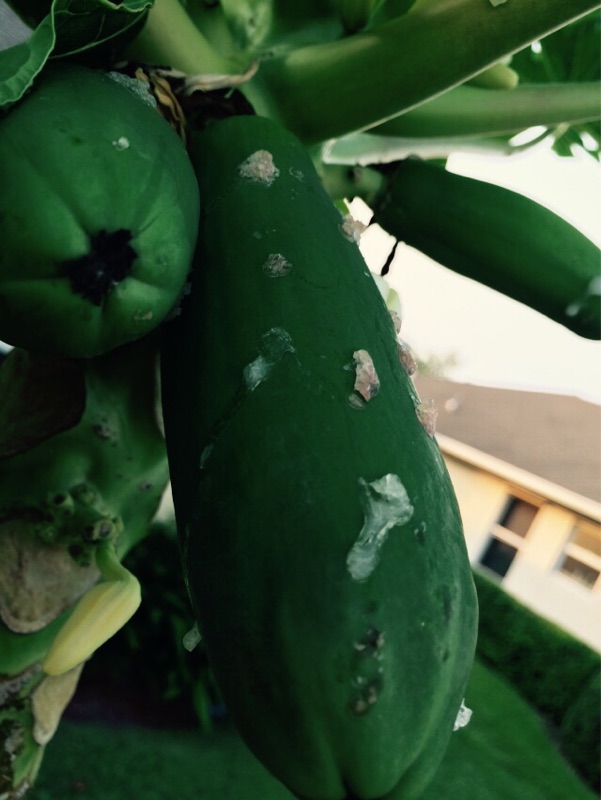
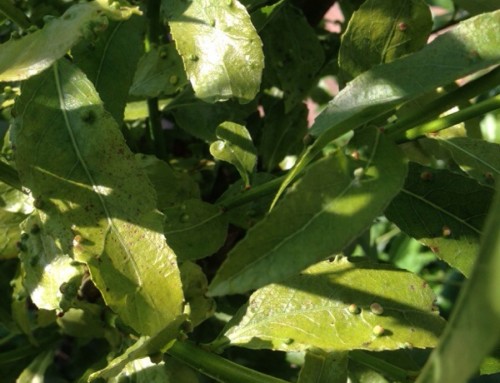
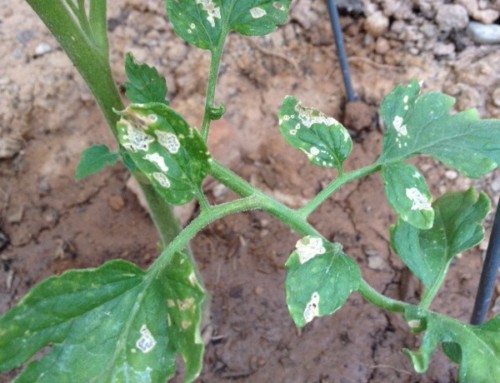
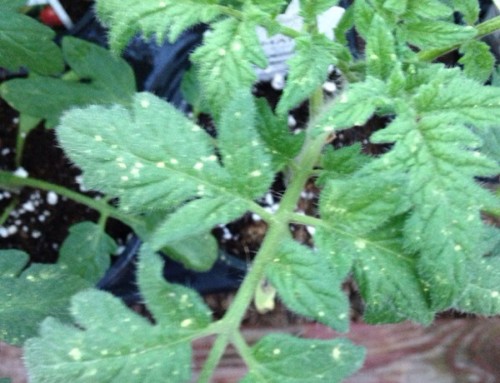
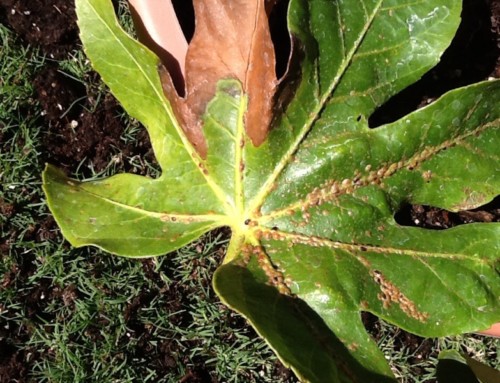
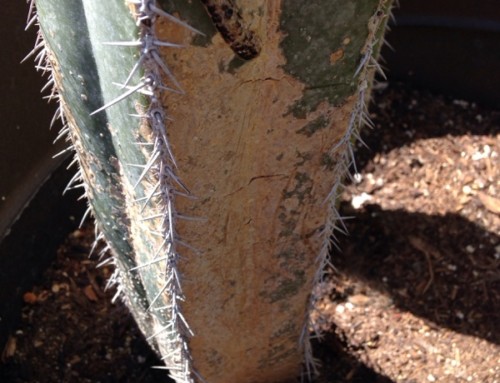
Leave A Comment